How to run correctly?
With the concept of national fitness being gradually recognized by the public, more and more people join the fitness team.
Jogging, as a kind of exercise mode that does not need any cost and is not limited by space and region, has been sought after by more and more fitness people.

But with the growing number of jogging teams, there are more and more problems in the running process:
Knee pain during running, dizziness after running, stomach pain during running …
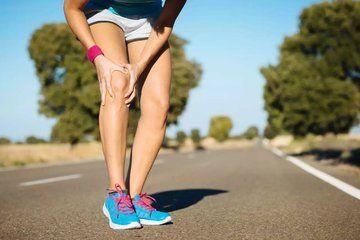
There are endless problems.
So, how to run correctly?
How to avoid discomfort and improve the running effect is particularly important.
Today, I will introduce to you how to run more safely and efficiently:
First, before running
1. Buy a pair of shoes that are suitable for running and fit.
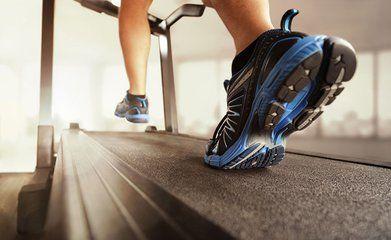
A pair of shoes suitable for running should be light, breathable, comfortable and fit. Good shoes can not only improve the running experience, but also avoid your foot injury. It is recommended to go to a professional sports brand store to buy sports shoes that suit you.
2. Eat a small amount of digestible food 30 minutes before running to provide energy for the body.

Pay attention to the keywords "small amount" and "easy to digest". Running with a full stomach will put a lot of pressure on the stomach; Running with an empty stomach, the body does not have enough energy supply, and it is easy to get tired during running, which also increases the risk of injury during running. It is recommended to choose a small amount of bread, milk and sports drinks before running. These are also suitable for people who lose weight.
3. Carry out full-body stretching and joint activities 10 minutes before running.

Stretching and joint activity before training are particularly important, which can improve the flexibility of the body and the range of joint activity and reduce the risk of injury during running. Pay special attention to the stretching of leg muscles and the mobility of ankle, knee and hip.
4. Drink a small amount of water 5 minutes before running.
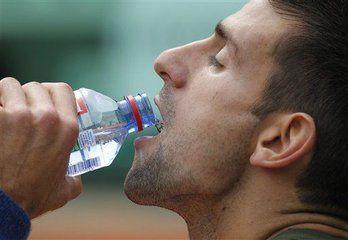
Drink 3 mouthfuls of water before running to make sure that your body has some water supply during running. Don’t drink too much, too much water will put pressure on your stomach and cause discomfort when running.
5. Warm up 3 minutes before running.
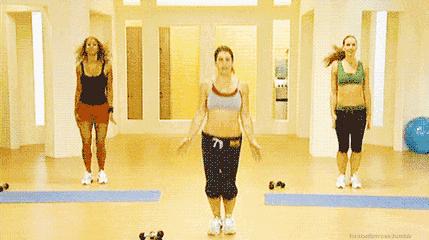
Warm-up exercises can be brisk walking, or some functional exercises in situ, such as running in situ, leg lifts, jumping and so on. These warm-up exercises can increase the body temperature, quickly adapt to the running state and reduce the risk of injury.
Second, running
1. Breathe

Breathe naturally when running, and generally use the nose nozzle to breathe. If the physical strength drops seriously, you can use the mouth nozzle to breathe. Breathing and pace during jogging are generally "three steps". That is, run three steps when exhaling and three steps when inhaling.
2. Make efforts
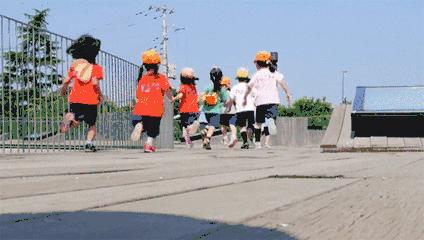
When running, actively lift your legs and step, keep your knees and toes in the same direction, and swing your arms naturally.
Many people ask which part is the right force when running?
Running is a whole-body exercise, and all parts of the muscles work together to run. Therefore, it can be said that as long as you run, you are right. So don’t worry about where to exert your strength, run more, feel your body more, and find the easiest and most suitable running way, then you can appreciate the fun of running.
3. Hold your head high and hold your chest high

Keep your head up and chest up, tighten your abdomen and look at the ground in front of you. This is good for breathing smoothly during running. Running posture with chest hunchback will cause your neck, shoulders and back to be too tense. It will also psychologically imply to yourself that you are tired and you can’t hold on any longer. Therefore, whether running or walking, holding your head high is a sign of confidence.
4. Arms
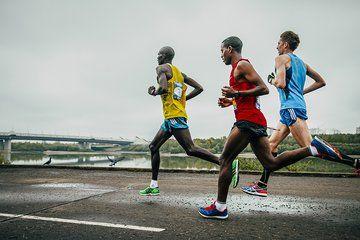
When running, the arm angle is 90 degrees. Hold your fist lightly. Imagine that you hold an egg so that it doesn’t touch the ground, and you can’t hold it too tightly. The egg will break. The arm swings naturally, and the swing amplitude should not be too large. "No hand leakage before, no elbow leakage after" naturally swings with the footsteps. When swinging, the big arm is swinging, and the angle of the elbow joint is unchanged.
5, landing buffer
Many people land on the sole of their feet, and the sound when they land is louder. The correct action is to fly when running, and to land on the heel first, and then transition to the whole foot. This plays a cushioning role and protects our ankles and knees. Some people also use tiptoe landing, which is more used in sprint and sprint, and can improve the running speed as quickly as possible. However, if you are jogging, it is easy to get tired and difficult to stick to it.
6, the pace should be light

The brisk pace not only gives people a feeling of sunshine and vitality, but also gives themselves a positive psychological hint, making themselves more relaxed and happier when they run.
7. Running time

If you are jogging for the purpose of reducing fat, it is recommended to run for 30-50 minutes. If the time is too short, the consumption of fat is very small, and if it is too long, the body will be very tired. Except for marathon runners, of course.
8. Strength

Many people ask, what kind of intensity should jogging be?
Everyone has different physical qualities and different goals, so there is no uniform standard. It’s a little faster than walking fast, but it’s not too tired. You can still talk and laugh with people in the same industry and sweat a little on your forehead. Then you can run for a certain time according to your own needs.
9. Replenish water
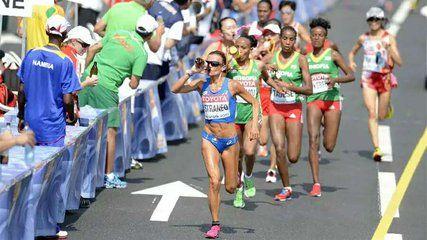
A lot of water is lost in the process of running, so you must replenish water to your body during running. Drink two or three mouthfuls of water every five minutes or so, and don’t drink too much.
Third, after running
1. Stretch and relax after running

Running is a whole-body exercise, so all parts of the body have different degrees of tension and fatigue after running. Therefore, it is very important to stretch and relax after running. Stretching and relaxing can relieve muscle fatigue and soreness. The stretching and relaxation process takes about 10 minutes.
2. Replenish energy

Running consumes a lot of energy. It is recommended to eat digestible foods such as milk, bananas and bread after running for about 20 minutes. Not only can you recover your physical strength quickly, but you can also improve your metabolism.
3. Don’t take a shower right away.

Don’t take a bath immediately after running, especially a cold bath. After sweating, the blood vessels of the skin are still in a state of expansion, and cold water is immediately rushed. The skin stimulated by cold water will cause blood vessels to contract, but it will make it difficult to dissipate heat and increase body temperature. Also, after the body enters the cold environment from the hot environment, it is too late to adapt to the adjustment, and it is often easy to catch a cold or cause gastrointestinal cramps. After exercising and sweating, muscle fatigue and tension increase. At this time, if you are stimulated by cold, it may also cause cramps. It is recommended to take a bath with warm water after the sweat is dried.